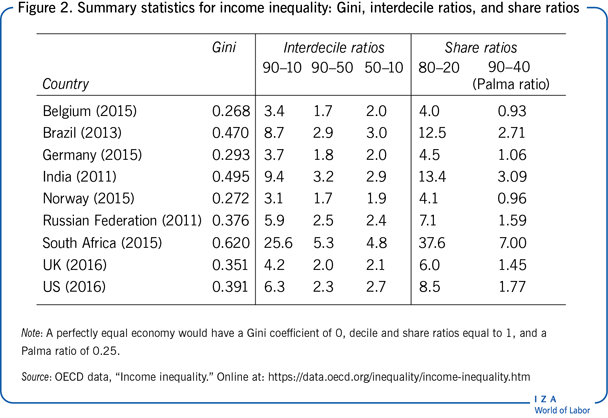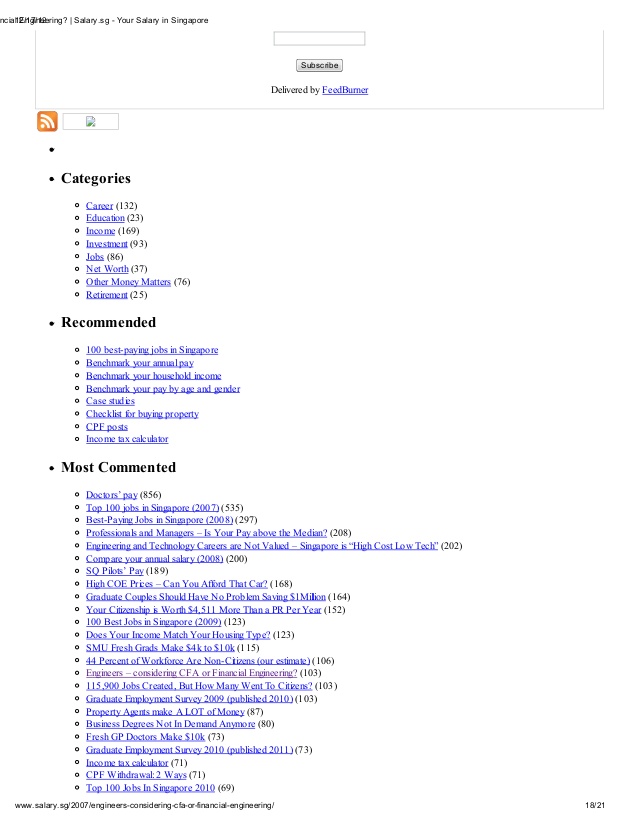Contents
A fixed or floating rate can be paid by both parties, or one party can pay a floating rate while the other pays a fixed rate. This form of swap generally helps borrowers achieve cheaper interest rates than they could get if they were required to borrow directly in a foreign market, in addition to managing exchange-rate risk. In a currency swap, both the parties exchange interest as well as principal payments on the debt . This is not based on a notional amount but is exchanged along with the interest obligations.
For example, management may establish a MAT limit at 75 percent of the stop loss limit. These limits are established to avoid unrealized loss in a position from exceeding a specified level. When these limits are reached, the position will either be liquidated or hedged. Typical stop loss limits include those relating to accumulated unrealized losses for a day, a week or a month.

A currency swap is a swap that involves the exchange of cash flows denominated in two currencies, but it also involves the exchange of principals. When all cash flows are denominated in the same currency, there is no need to swap principles. A currency swap is an agreement between two parties to exchange currencies under predetermined terms and circumstances. Currency swaps are primarily used to mitigate various risks and instability in exchange rates and foreign exchange markets. Governments and central banks conduct currency swaps with their foreign counterparts to ensure that sufficient foreign currency is available in the event of a foreign currency shortage.
FX Swaps and cross-currency swaps
A ‘plain vanilla swap’, is another type of swap in which fixed and floating interest payments are based on a notional principal amount, and is the most common type of interest rate swap. Fixed interest payments in one currency are swapped for floating interest payments in another in the fixed-for-floating swap. The principal amount of the underlying loan is not exchanged in this form of a swap.
Evaluate the product disclosure statements and risk disclosure statements provided to users. 7.2 There shall be clear separation, both functionally and physically, between the front office, which is responsible for the conduct of trading operations, and the back office, which is responsible for processing the resultant trades. 7.1 Policies and procedures shall be established to apply internal controls at various stages in the workflow of processing and monitoring transactions.
4.1 The policy for the introduction of new OTC derivative products shall, at a minimum, include the process for evaluation and approval of new products. 1.3 These Directions shall apply to entities permitted to act as market-maker in OTC derivatives in terms of the Governing Directions. The revaluation procedures should cover the full range of derivatives instruments included in the institutions trading portfolio. All derivatives transactions should be sequentially controlled to ensure that all deals are accounted for and to provide an audit trail for deals effected. Rho is a measure of the amount an option’s price would be expected to change in response to changes in interest rates.
10.2 Directions contained in the circulars listed under para 10.1 shall continue to apply to derivative transactions undertaken in accordance with the said directions, till their expiry. 5.3.2 Mark-to-market value of all the positions shall be provided to the user as per the periodicity mutually agreed between the market-maker and the user, and whenever demanded by the user. Enhanced due diligence, commensurate with the complexity of the product, shall be carried out before offering a structured derivative to the user. Have a risk management framework consistent with the product being offered.
Swaps also assist businesses in hedging interest rate risk by minimising the unpredictability of future cash flows. Companies can use swapping to adjust their debt terms to take advantage of current or anticipated future market conditions. As a result of these benefits, currency and interest rate swaps are employed as financial tools to reduce the amount needed to pay a debt.
- ELM constantly experiments with new education methodologies and technologies to make financial education effective, affordable and accessible to all.
- The research, personal finance and market tutorial sections are widely followed by students, academia, corporates and investors among others.
- Simply put, a swap contract is a forward contract only, and hence, it exhibits all the characteristics of a forward.
- The market-makers may also be exposed to credit risk if the counterparty fails to meet his financial obligations under the contract.
- Finally, cash equivalents are investments you can convert into cash quickly and easily.
C) detail requirements for the evaluation and approval of new products or activities. Eligible entities can undertake different types of plain vanilla FRAs/ IRS. Swaps having explicit/ implicit option features such as caps/ floors/ collars are not permitted. The definition of these generic derivatives are provided in the Appendix A. Foreign Currency derivatives – Foreign Currency Forward, Currency Swap and Currency Option. E) Trading / Trading in “Options” based on recommendations from unauthorised / unregistered investment advisors and influencers.
The integration of capital markets worldwide has given rise to financial risk with frequent changes in the interest rates, currency exchange rates, and stock prices. To reduce the exposure to cross country impact factors, the derivatives need to be procured by Investors to protect their investments from unfavorable fluctuations. Financial derivatives came into the spotlight a swap that involves the exchange in the post-1970 period due to growing instability in the financial markets. After their emergence, they became significantly popular and by the1990s, they constituted about two-thirds of the total transactions in derivative products. Derivative contracts can come in various types, the most common ones being forward contracts, future contracts, options contracts, and swaps.
Top clauses that must be present in a currency swap agreement
Bonds and rupee move steady ahead of RBI policyThe benchmark bond yield was little changed at 7.83 per cent amid lacklustre trading activity. RBI swap auction falls shy of targetThe dollar swap auction pumped in $650 million out the $2 billion targeted. Style box is a 3×3 square grid which shows the investment style that the fund manager is following to manage the fund’s portfolio. Vakilsearch is India’s largest provider of legal, secretarial, accounting, and compliance services. We have successfully worked with over 5 lakh customers, and have now registered over 10% of all the companies registered in India.

However, over the last two decades, it has literally dragged itself up by the bootstraps, and by 2020, it will be the fastest-growing economy in South Asia. As a result, importers’ demand for dollars rises well above what exporters bring into the country. The term ‘BOP crisis’ refers to a situation in which the reserves in a currency account are running out. If a corporation has chosen the wrong currency for its overseas finance operations, currency exchange can rectify the damage. Prevent unauthorized transactions in your account update your mobile number/ email Id with your Stock Broker. Receive information of your transactions directly from Exchange on your mobile / email id at the end of the day.”
What Is Swap Trading?
A combination of poor risk management along with excessive leverage in the credit default swap market was a combining cause for the financial crisis that occurred in 2008. One cash flow is usually fixed and the other cash flow is maintained to be variable. This variable aspect is based on the benchmark interest rate, index price, or the floating currency exchange rate. In the year 1982, Swap Contracts were introduced when the World Bank and IBM entered into an agreement. Swap contracts are one of the four types of financial derivative contracts, where two counter-parties exchange the cash flow of one party for those of the other party’s cash flow for a fixed period.

Exchange rate risk, often known as currency risk, is the financial risk posed by changes in the value of a base currency relative to a foreign currency in which a firm or individual has assets or liabilities. A simple agreement between two parties to exchange a series of interest payments on an underlying loan is known as an interest rate swap. There is no exchange of principal, and an unrelated quiet financial transaction occurs that has no bearing on the lender. A fixed-rate of interest is replaced with a variable rate or vice versa. A legal agreement between two parties to exchange their interest rate obligations or receipts is known as an interest rate swap. As a result, interest payment streams of various kinds are swapped according to specified rules and are based on an underlying notional principal amount in such a transaction.
Understanding Swap
‘Foreign exchange swap’ means an OTC derivative involving the actual exchange of two currencies on a specified date and a reverse exchange of the same two currencies at a date further in the future , at rates agreed at the time of the contract. The advantage of value-at-risk limits is that they are related directly to the amount of capital or earnings which are at risk. Among other things, they are therefore more readily understood by the board and senior management.
It is an agreement between two parties that grants the buyer the right, but not the obligation, to buy or sell an underlying asset at a set price on or before a particular date. There is no margin requirement for option contracts because no underlying asset changes hands when the contract is entered into. No matter what type of business you’re in, financial instruments can help you make more money or save more money on your financial obligations.
Unlike interest rate swaps, currency swaps are not off balance sheet instruments since they involve exchange of principal at the end of the period. There are three main asset classes that one should become familiar with. Bonds represent an IOU from a company or government entity that is repayable anytime in the future. Finally, cash equivalents are investments you can convert into cash quickly and easily. These can be treasury bills, money market funds, certificates of deposit , and short-term bonds. The different financial services have unique characteristics that make them suitable for different goals, time frames, and risk tolerance levels.
But the very wide and liquid nature of instruments has led to evolution of concept and now swaps are available on almost all asset classes. Even exchange traded swaps like Commodity swaps (Crude oil – Gasoline) and interest rate swaps (US Fed rate – Euribor) https://1investing.in/ are available for electronic trading. Companies can use currency and interest rate swaps to traverse the global markets more efficiently. Swaps of currency and interest rates bring two parties together who have a competitive edge in distinct markets.
This happens given the chance that the other party in the contract tends to default on their responsibility. Since the financial crisis, this risk has been mitigated to an extent. Assuming, the Company expects not only the dollar to appreciate, but also the GBP interest rates to fall. It could take advantage of this situation, by swapping from fixed-interest dollars into floating interest sterling.
Usually, sophisticated investors use these instruments with a high tolerance for risk. To derive positive returns, an investor must accurately predict the movement of the market, whether it will move up or down. A swap is a contract between two parties to exchange cash flows with differing characteristics at predetermined future times or at predetermined periodic intervals. The swap is one of three key types of derivatives securities used in risk management, the others being forwards/ futures and options. Swaps, or interest rate swaps, are a type of swap in which all cash flows are exchanged in the same currency.
As a result, while Japan is unlikely to request a dollar loan from India, India can benefit from such a loan at extremely low-interest rates. The rupee has been losing ground versus the dollar in recent months due to the country’s expanding current account deficit . Reduce the cost of finance for Indian companies seeking to enter the international capital market. In terms of promotion, India should make an effort to attend international trade exhibits in all of these nations and fund trade delegations in order to expand our commerce. The Ministry of Commerce must take the lead in launching vigorous promotional activities in the nations named above, particularly Iran, Nigeria, Qatar, Saudi Arabia, Japan, South Korea, Mexico, and Venezuela, with whom we have debit balances.
